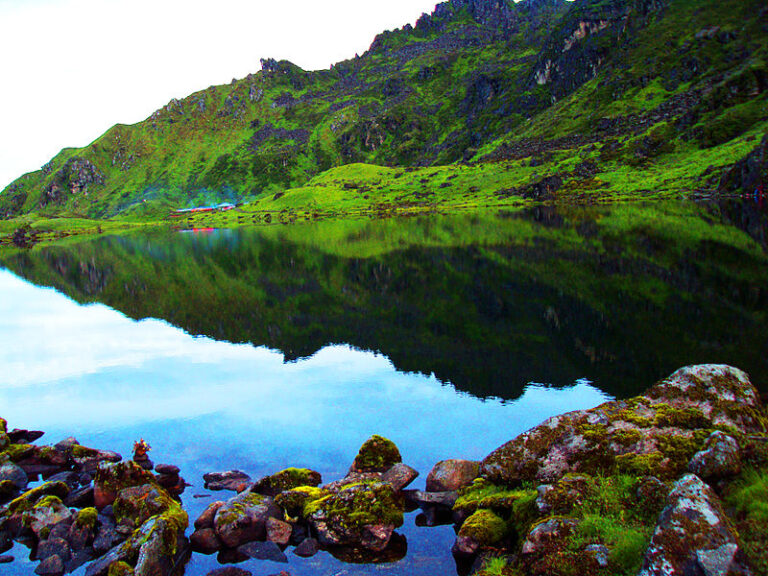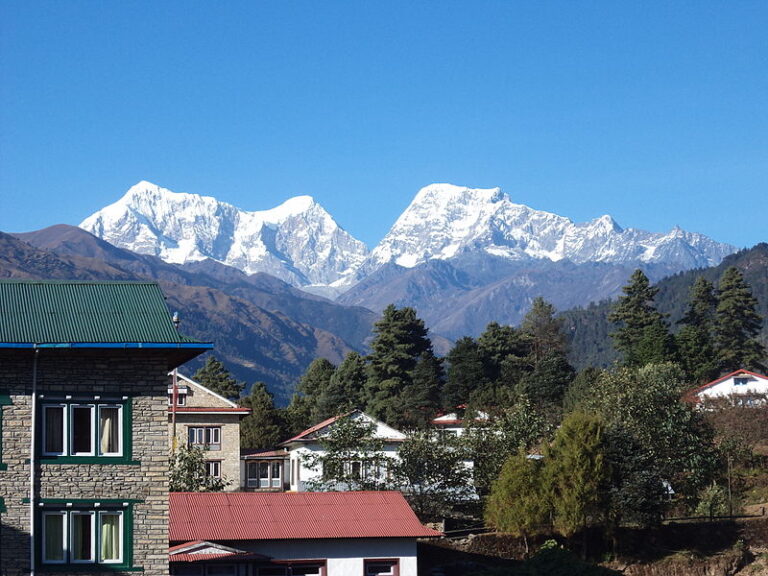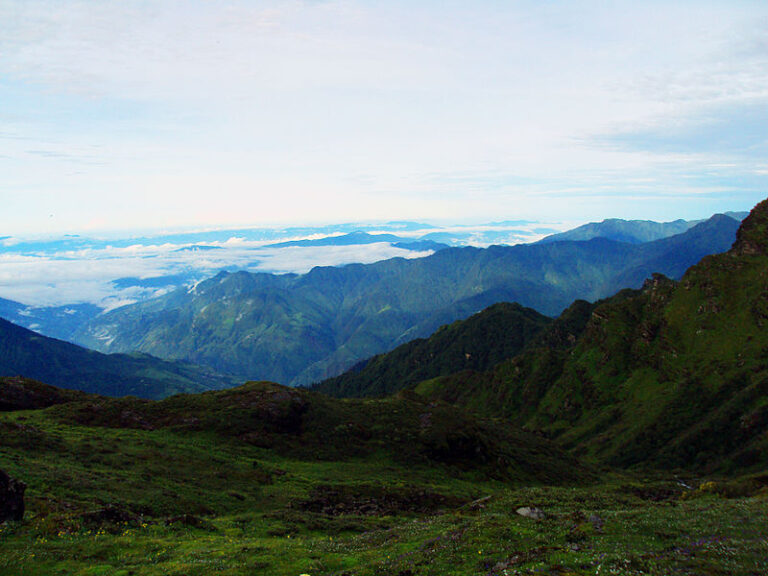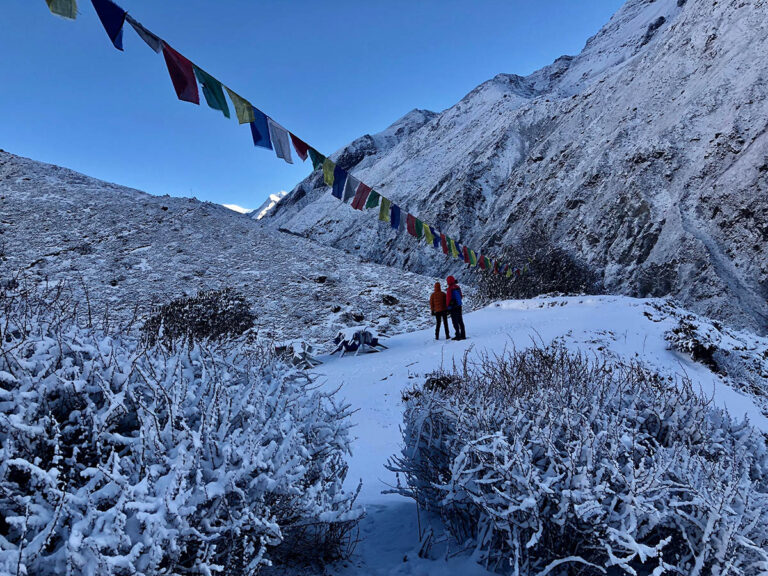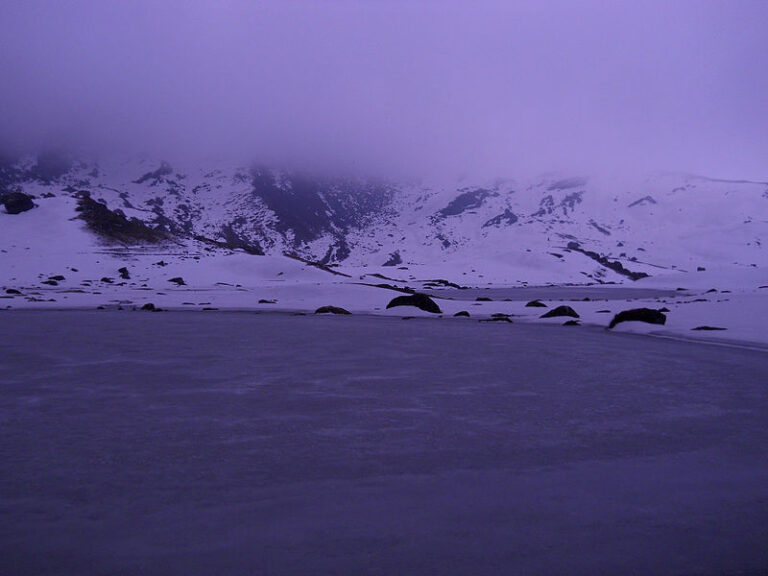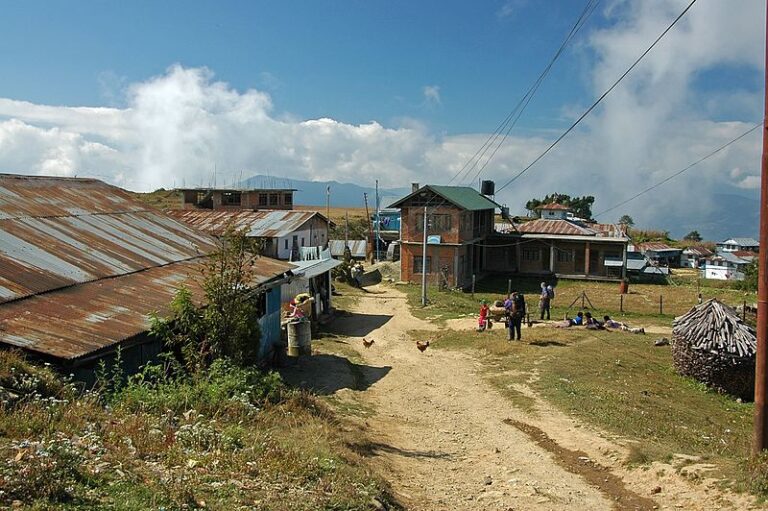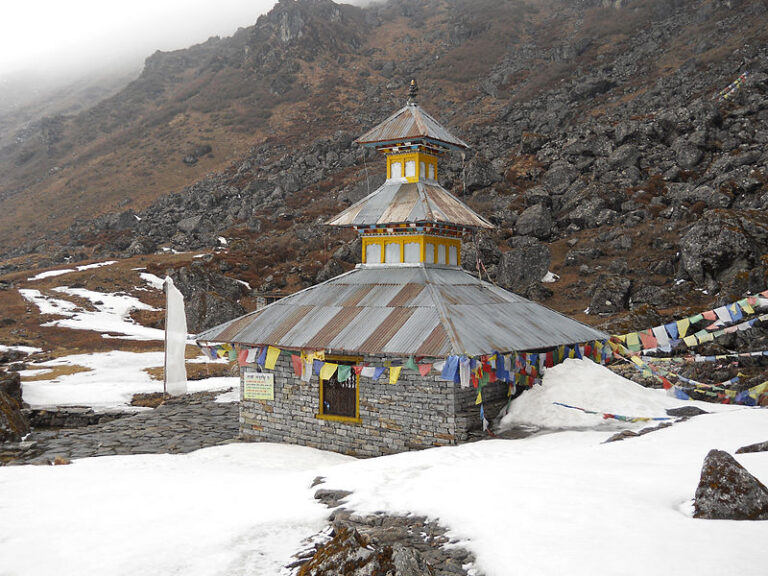Day 01 – Drive to Chautara (1450m.a.s.l) – 5 hours drive – Today we will drive approximately 5 hours to get Chautara. Chautara is a small town and headquarter of Sindhupalchok district. We will have magnificent mountain views from here and offers to explore insight into the culture and daily life of the village.
Day 02 – Trek to Sano Okhareni (1965m.a.s.l) – 5 to 0 hours walk – The trail ascends gradually to Sano Okhareni pass by dozens of small villages. The major attraction of the day would be the view of agricultural terraced field, organic vegetable gardens, green forest and local peoples who are working in their farm. The 5 hours walk bring us to Sano Okhareni; which is surrounded by pine forest with mountain vistas.
Day 03 – Trek to Kami Kharka (2810m.a.s.l) – 5 hours walk – The trail gently ascends from the campsite of Sano Okhareni to Kami Kharka, takes about 5 hours. Most of the time we will walk through the forest of Rhododendron and pine so if we are lucky and observant; possible to see some wildlife as deer, Langur monkeys (white body and black faced monkey) and numerous birds and butterflies. Today; we will set up our tent in Kami Kharka; which is a pastureland, ground for nomadic cattle heeders.
Day 04 – Trek to Pauwa Bas (3000m.a.s.l) – 6 hours walk – Trek of the day would be very pleasant due to walk on the gradual trail and through the lush forest of Rhododendron and oaks. While heading towards Pauwa Bas, we can enjoy with the view of charm landscapes, waterfalls, River valleys and nomad’s houses for cattle and a shelter for pilgrims to Pach Pokhari.
Day 05 – Trek to Hile Bhanjyang (3400m.a.s.l) – 5 hours walk – Begins of trek, we will climb up approximately 3 hours to get a hillock that offers to see beautiful green landscapes around and splendid mountain views. From the top of the hillock we will descend about 2 hours through the lush forest to get Hile Bhanjyang where we will spend our joyful night. The major attraction of the day would be the river valleys, chirp sounds of birds, flying butterflies, mountain vistas, grassy lands and wide meadows.
Day 06 – Trek to Narsim Pati (3700m.a.s.l) – 3 to 4 hours walk – we will start our trek on the steep uphill trail, one hour walk bring us to top of the moraine that offers to see really a beautiful landscapes and panoramic mountain views. From the top of the moraine the trail passes through the rocky hills, lush forest and grassy land to the Narsim Pati. Narsim Pati is surrounding by Rhododendron forest and offers to see smiling mountains and a small house for Pilgrims.
Day 07 – Trek to Panch Pokhari (4100m.a.s.l) – 4 hours walk – This is the one of the exciting day of the trip because we gaining our destination. After 3 to 4 hours walk; we will reach in Pach Pokhari that fulfills our dreams of excursion with magnificent mountain views, gigantic landscapes, Pilgrim’s houses and a beautiful temple dedicated to Lord Shiva.
Day 08 – sigh trip to viewpoint and trek back to Tupi Danda (2320m.a.s.l) – 6 hours walk – Early in the morning; we will go to a view point called top of the Panch Pokhari that command us to see beautiful sunrise at the background of Rolwalin, Dorje Lakpa, Jugal Himal, Langtang mountain ranges and awesome view of Panch Pokhari. After these incredible sights we will return back to camp and continuously trek to Tupi Danda. From Pach Pokhari we will trek down about 5 hours through the dense forest of Rhododendron and spend a joyful night in Tupi Danda.
Day 09 – Trek to Dhap (1200m.a.s.l) – 5 hours walk – Trek from Tupi Danda to Dhap is quietly level but there are two places where we have to pay attention due to steep downhill. Most of the time we will walk through the forest and on a rocky path with the view of green landscapes, mountain vistas and neighbors villages of Dhap. We will set up our tent middle of the Dhap village to spend a pleasant night.
Today we have about 5 hours of walking, 2 of which are quite steep downhill and the rest is quite level as we make our way through terraced fields to the beautiful village of Dhap. Dhap is home to Tamang families and is gives us a great chance to gain some insight into the lives, culture and traditional architecture of Tamang villages.
Day 10 – Rest and exploration of Dhap village – Dhap is a beautiful hamlet which is inhabitant by the Tamang people, who are one of the ethnic groups of Nepal and very famous for mountaineering after the Sherpa people. There are numerous of interesting things to see like Buddhist monuments, traditional architecture of house building, organic vegetable gardens, wonderful houses are made of stones and even roof-topped by stone slates. In the evening they performs their culture dances and sing Tamang song to welcome us.
Day 11 – Trek to Melamchi (800m.a.s.l) – we have to walk approximately 6 hours to reach Melamchi; which is comparatively a big city for this trek and area, has a dozens of good guest houses, Government offices, Schools, colleges and Police stations. We will sleep in the guesthouse instead of tented camp to celebrate last night of the trek.
Day 12 – Drive back to Kathmandu – After breakfast, we will drive approximately 5 hours to get Kathmandu. During the driving period; we will have beautiful view of verdant paddy field, River valleys, terraced field, waterfalls and dozens of small towns from the window.

